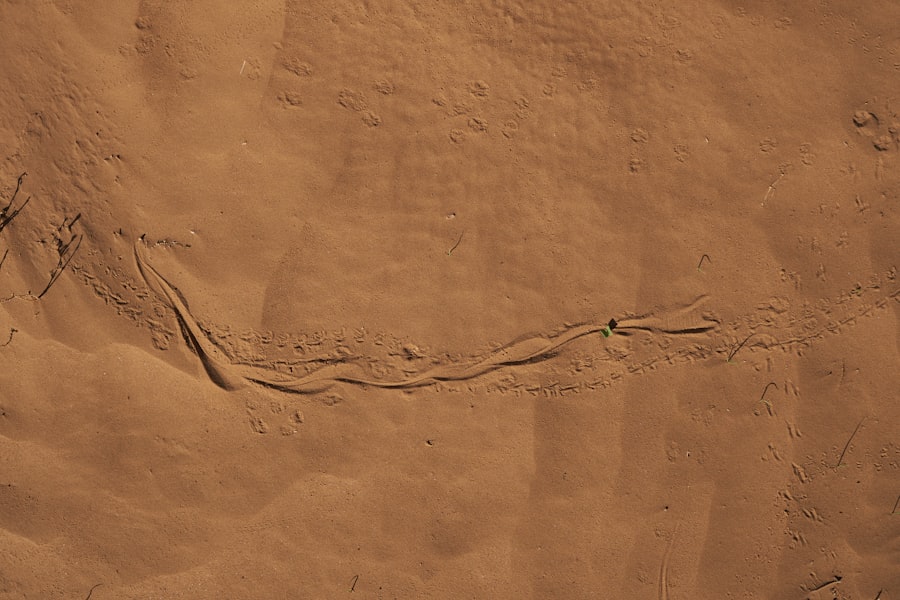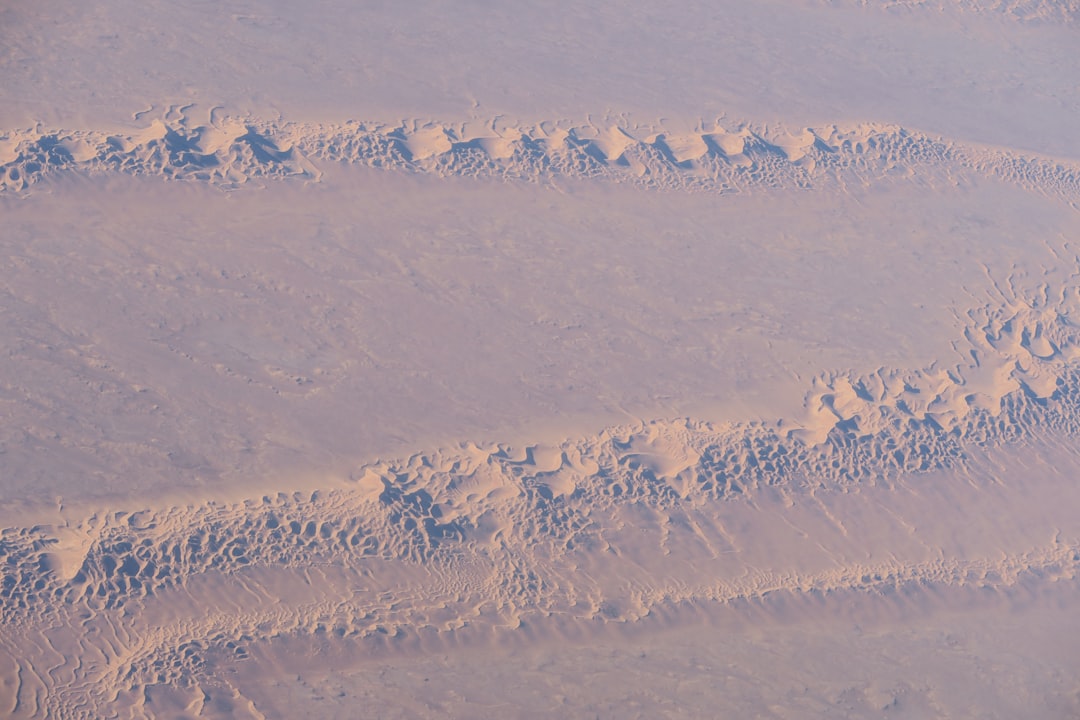The Drake Passage, a body of water situated between the southern tip of South America and Antarctica, is renowned for its tumultuous seas and significant role in global oceanic systems. Spanning approximately 800 kilometers (500 miles) in width, this passage serves as a critical conduit for the movement of water between the Atlantic and Pacific Oceans. Its strategic location not only makes it a vital route for maritime navigation but also positions it as a key player in the dynamics of ocean currents and climate patterns.
The passage is named after the English explorer Sir Francis Drake, who navigated these waters in the late 16th century, although it has been traversed by seafarers long before his time. The Drake Passage is often characterized by its unpredictable weather and rough seas, which can pose challenges for vessels attempting to cross it. The confluence of various oceanic currents, including the Antarctic Circumpolar Current, contributes to the region’s notorious reputation.
Despite these challenges, the passage is a focal point for scientific research and exploration, drawing attention from oceanographers, climatologists, and biologists alike. Understanding the complexities of the Drake Passage is essential for comprehending broader environmental issues, including climate change and marine biodiversity.
Key Takeaways
- Drake Passage is a narrow body of water between South America’s Cape Horn and the South Shetland Islands of Antarctica, known for its turbulent seas and strong winds.
- The geological history of Drake Passage dates back to the break-up of the supercontinent Gondwana, leading to the opening of the passage around 30 million years ago.
- Tectonic activity in the region is driven by the interaction of the South American Plate, Antarctic Plate, and Scotia Plate, leading to the ongoing widening of the passage.
- Drake Passage plays a crucial role in the global ocean circulation by allowing the unimpeded flow of the Antarctic Circumpolar Current, influencing climate patterns worldwide.
- The passage also serves as a gateway for cold, nutrient-rich waters to mix with warmer waters, influencing marine biodiversity and playing a significant role in climate regulation.
Geological history of Drake Passage
The geological history of the Drake Passage is a tale of tectonic shifts and ancient landscapes. Formed during the late Cretaceous period, approximately 30 million years ago, the passage emerged as a result of the separation of South America from Antarctica. This rifting process was driven by the movement of tectonic plates, which reshaped the Earth’s crust and created new oceanic basins.
The opening of the Drake Passage allowed for the establishment of a direct oceanic connection between the Atlantic and Pacific Oceans, fundamentally altering global ocean circulation patterns. Over millions of years, sedimentation and erosion have further sculpted the underwater topography of the Drake Passage. The seafloor is characterized by deep trenches, underwater mountains, and ridges that reflect its dynamic geological past.
The interplay between tectonic activity and sediment deposition has created a unique marine environment that supports diverse ecosystems. As researchers delve into the geological history of this region, they uncover clues about Earth’s climatic past and the processes that have shaped its oceans.
Tectonic activity in the region

Tectonic activity in the Drake Passage is a significant factor influencing its geological features and marine ecosystems.
This boundary is characterized by complex interactions that give rise to seismic activity and volcanic formations.
The movement of these plates not only contributes to the formation of underwater features but also plays a crucial role in shaping ocean currents and marine habitats. The ongoing tectonic processes in the Drake Passage have implications beyond geology; they also affect marine life and biodiversity. The shifting plates can create new habitats for various species while simultaneously altering existing ones.
For instance, volcanic activity can lead to the emergence of new islands or underwater structures that provide refuge for marine organisms. Understanding these tectonic dynamics is essential for predicting how marine ecosystems may respond to environmental changes in the future.
Impact of Drake Passage on ocean currents
| Metrics | Impact |
|---|---|
| Increased mixing of water masses | Drake Passage accelerates the flow of water, leading to increased mixing of different water masses and nutrients, affecting ocean currents. |
| Climate regulation | The passage influences the distribution of heat and salt, which in turn affects global climate patterns and ocean circulation. |
| Biodiversity | The strong currents and mixing in the passage support a diverse range of marine life, contributing to the overall biodiversity of the region. |
| Transport of nutrients | The passage plays a crucial role in the transport of nutrients, influencing the productivity of marine ecosystems in the Southern Ocean. |
The Drake Passage serves as a pivotal junction for ocean currents, significantly influencing global climate patterns. The Antarctic Circumpolar Current (ACC), which flows uninterrupted around Antarctica, is one of the most powerful ocean currents on Earth. The passage acts as a conduit for this current, allowing it to gain strength as it moves through the narrow strait.
The ACC plays a crucial role in regulating temperatures across the Southern Hemisphere and contributes to the mixing of ocean waters from different regions. The interaction between the ACC and other currents in the Drake Passage creates a complex system that affects weather patterns far beyond its immediate vicinity. For example, changes in the strength or direction of these currents can have cascading effects on climate systems in South America, North America, and even Europe.
As scientists study these currents, they gain insights into how shifts in ocean circulation may impact global climate change and weather variability.
Role of Drake Passage in climate change
The Drake Passage is increasingly recognized for its role in climate change research. As a critical area for oceanic circulation, it serves as a barometer for understanding broader climatic shifts. The passage’s unique position allows scientists to monitor changes in sea surface temperatures, salinity levels, and nutrient distribution—all vital indicators of climate change impacts on marine ecosystems.
Moreover, the Drake Passage acts as a gateway for cold Antarctic waters to flow into warmer ocean regions, influencing global heat distribution. This interaction has implications for sea level rise and weather patterns worldwide. As researchers continue to investigate these dynamics, they are uncovering how changes in the Drake Passage may serve as early warning signs for broader climatic shifts affecting both marine and terrestrial environments.
Biodiversity and marine life in Drake Passage

The biodiversity found within the Drake Passage is remarkable, with a rich array of marine life adapted to its unique conditions. The cold waters are home to various species, including krill, which serve as a foundational food source for larger animals such as seals, penguins, and whales. The nutrient-rich waters support vibrant ecosystems that thrive despite the harsh environmental conditions often associated with this region.
In addition to its well-known inhabitants like seals and whales, the Drake Passage hosts numerous lesser-known species that contribute to its ecological diversity. From colorful sea anemones to bioluminescent plankton, these organisms play essential roles in maintaining the health of marine ecosystems. The passage’s unique habitats provide opportunities for researchers to study how species interact with one another and adapt to changing environmental conditions.
Scientific research and exploration of Drake Passage
Scientific research in the Drake Passage has expanded significantly over recent decades as researchers seek to understand its complex ecosystems and geological features. Various international expeditions have been launched to study everything from ocean currents to marine biodiversity. These studies often involve advanced technologies such as remotely operated vehicles (ROVs) and autonomous underwater vehicles (AUVs) that allow scientists to explore depths previously inaccessible.
The findings from research conducted in the Drake Passage have far-reaching implications for understanding global climate systems and marine ecology. By analyzing data collected from this region, scientists can develop models that predict how changes in ocean currents may affect weather patterns or marine life distribution elsewhere in the world. The ongoing exploration of the Drake Passage continues to yield valuable insights into Earth’s history and its interconnected systems.
Theories about the formation of Drake Passage
Several theories exist regarding the formation of the Drake Passage, each contributing to a deeper understanding of its geological history. One prominent theory suggests that the passage was formed through rifting processes that began during the late Cretaceous period when South America began to drift away from Antarctica. This separation allowed for the development of an open waterway that would eventually evolve into today’s passage.
Another theory posits that glacial activity played a significant role in shaping the passage’s current form. During periods of glaciation, massive ice sheets would have carved out channels and altered topography as they advanced and retreated across the landscape. This glacial influence may have contributed to creating deep trenches and underwater features characteristic of the Drake Passage today.
The connection between Drake Passage and Antarctica
The connection between the Drake Passage and Antarctica is profound, with significant implications for both regions’ ecosystems and climate systems. As a gateway between South America and Antarctica, the passage facilitates not only oceanic exchange but also biological interactions between species inhabiting these areas. The cold waters flowing from Antarctica into the passage are rich in nutrients, supporting diverse marine life that thrives in this unique environment.
Moreover, this connection plays a crucial role in regulating global climate patterns. The Antarctic Circumpolar Current flows through the Drake Passage, influencing temperature distributions across oceans worldwide. Changes in this current can have cascading effects on weather systems far beyond Antarctica’s shores, highlighting how interconnected Earth’s systems truly are.
Environmental significance of Drake Passage
The environmental significance of the Drake Passage cannot be overstated; it serves as a critical component of Earth’s climate system and marine biodiversity. As a major conduit for ocean currents, it helps regulate temperatures across vast regions while facilitating nutrient exchange essential for sustaining marine life. The passage’s unique ecosystems provide habitats for numerous species that contribute to global biodiversity.
Additionally, understanding the environmental dynamics within the Drake Passage is vital for addressing pressing issues such as climate change and overfishing. As researchers continue to study this region’s ecological health, they gain insights into how human activities may impact marine environments and what measures can be taken to protect them.
Future studies and implications for understanding Earth’s history
Future studies of the Drake Passage hold immense potential for advancing scientific knowledge about Earth’s history and its interconnected systems. As technology continues to evolve, researchers will be able to explore deeper into this region’s underwater landscapes and gather more comprehensive data on its ecosystems and geological features. These studies will not only enhance understanding of past climatic events but also inform predictions about future changes.
The implications of ongoing research in the Drake Passage extend beyond academic curiosity; they are crucial for developing strategies to mitigate climate change impacts on marine environments worldwide. By unraveling the complexities of this vital waterway, scientists can contribute valuable insights into preserving biodiversity and ensuring sustainable management practices for future generations.
The formation of the Drake Passage is a significant geological event that played a crucial role in shaping the Earth’s climate by allowing the Antarctic Circumpolar Current to flow, effectively isolating Antarctica and contributing to its glaciation. For a deeper understanding of this fascinating geological transformation, you can explore a related article on the topic by visiting mygeoquest.
com/sample-page/’>this page. This article delves into the intricate processes and historical context surrounding the formation of the Drake Passage, offering valuable insights into its impact on global ocean currents and climate patterns.
WATCH NOW! Drake Passage: Earth’s Deadliest Waters Revealed
FAQs
What is the Drake Passage?
The Drake Passage is a body of water located between the southern tip of South America and the northern tip of the Antarctic Peninsula. It connects the Atlantic and Pacific Oceans.
How was the Drake Passage formed?
The Drake Passage was formed as a result of the separation of South America from the Antarctic Peninsula due to the movement of tectonic plates. This separation allowed for the creation of the deep and powerful circumpolar current that flows through the passage.
When was the Drake Passage formed?
The formation of the Drake Passage began around 30 million years ago during the Oligocene epoch, as the tectonic plates shifted and the landmasses of South America and Antarctica started to separate.
What role does the Drake Passage play in ocean circulation?
The Drake Passage is a key component of the global ocean circulation system. The strong westerly winds and the powerful circumpolar current in the passage help to circulate and mix the waters of the world’s oceans, influencing climate and marine life.
Why is the Drake Passage known for its rough seas and challenging sailing conditions?
The combination of strong winds, powerful currents, and the lack of any significant landmass to break up the waves makes the Drake Passage notorious for its rough seas and challenging sailing conditions. It is often referred to as the “roughest seas in the world.”
